RZB LED modules
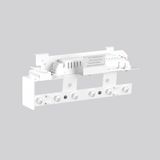


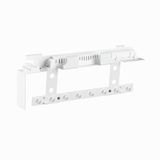
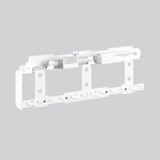

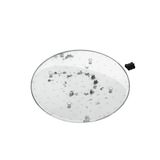
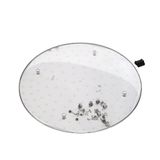
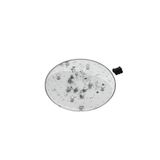



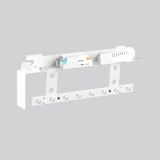
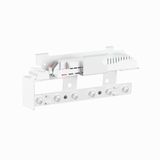



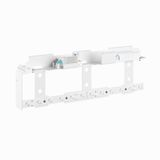
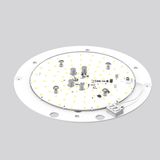

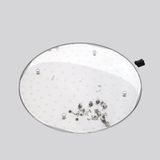
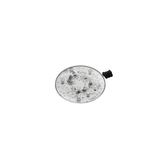
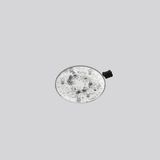

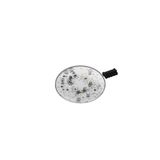
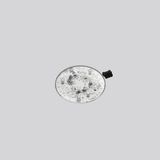
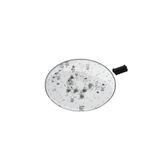

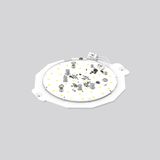
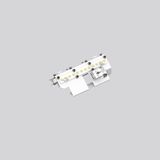

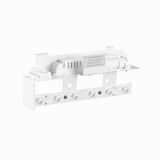
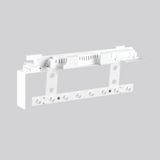




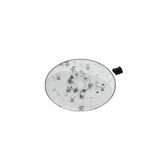


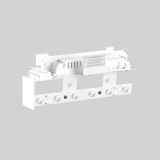
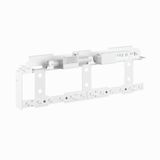
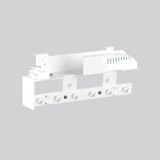
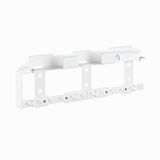



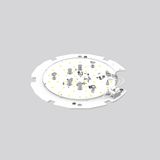
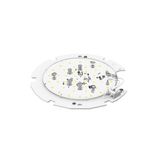
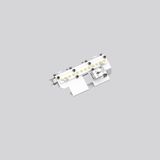

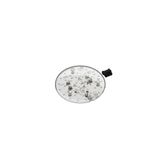


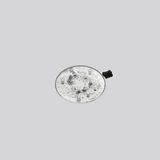

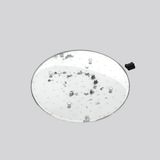

rzb led modules introduction and brand context
RZB develops board‑level light engines for ceiling coffer lines, coves, shelves, and architectural accents. The families share consistent photometry and mechanical footprints, so designers can reuse the same cut‑outs, profiles, and drivers across projects without re‑engineering.
rzb light modules product range and formats
Rigid linear boards for coves and continuous lines: typical outputs 700–3,000 lm/board at 350/500/700/1050 mA depending on length and optical set. Several footprints repeat (e.g., ~280/560/1120 mm), enabling modular spacing.
Area boards for shallow boxes and ceiling coffers: square/rectangular MCPCBs with uniform diffusion behind opal plates; lumen packages 1,500–6,000 lm.
Tunable‑white and single‑CCT variants: 2‑channel 2700–6500 K tracks for scene setting and single‑channel 2700/3000/3500/4000/5000 K modules for fixed color policies. High‑CRI options (CRI ≥ 90, selected CRI ≥ 95) carry strong R9 for material rendering.
Optical interfaces: bare LED footprints for profile optics, or snap‑on lenses/films (opal, micro‑prism, batwing, asymmetric). Binning is maintained at SDCM ≤ 3 across lots.
rzb modular lighting units technical specifications and standards
- Electrical constant‑current operation 350–1050 mA (board dependent) from SELV drivers; selected constant‑voltage versions 24 V DC with on‑board regulation keep output flat over length.
- Efficacy & power typical 120–160 lm/W at nominal drive when paired with recommended optics and heatsinking.
- Color standard CCT 2700/3000/3500/4000/5000 K and tunable‑white 2700–6500 K; CRI ≥ 80 standard, CRI ≥ 90/95 available;
- Thermal aluminum‑core PCBs with marked Tc points; operate within ta −20…+45 °C (family dependent). Respect Tc to protect lifetime and chromaticity.
- Lifetime LED packages qualified to LM‑80 with TM‑21 projections; common ratings L80 B10 ≥ 50,000–70,000 h at recommended current and ta.
- Safety & EMC modules within EN 62031; control gear to IEC/EN 61347‑2‑13; luminaire context IEC/EN 60598‑1; photobiological evaluation EN 62471; emissions/immunity EN 55015/EN 61547/EN 61000 series.
- Connections push‑in terminals and solder pads with polarity marks; through‑board jumpers on long runs; conductor range typically 0.5–1.5 mm².
- Mechanical PCB widths 8–24 mm (linear) with copper 2–3 oz to limit voltage drop and temperature rise.
Commissioning habit: log Tc, driver current, and scene settings during FAT. Repeating these values during service keeps appearance consistent across rooms.
rzb linear led modules applications and compatibility
- Coves and wall‑grazing low‑glare lines with asymmetric or batwing optics for even planes.
- Shelving and retail narrow beams that lift contrast on merchandise; high‑CRI tracks for food and textiles.
- Corridors and back‑of‑house diffuse boards behind opal diffusers for uniform, easy‑clean illumination.
Board footprints match common RZB profile channels and trims; hole patterns and connector pitch remain identical across consecutive power steps so swaps do not disturb the build.
rzb strip module systems integration with other RZB products
Pair boards with RZB aluminum profiles sized to the thermal load; use opal or micro‑prism diffusers to control glare. Drive from DALI‑2 or 0–10 V drivers; PWM is viable where camera artefacts are irrelevant. For emergency, select central battery or local inverters that preserve required flux; keep drivers accessible on trays and segregate SELV from mains in duct.
Where EMC is sensitive (VFD adjacent), land entries on conductive plates and apply 360° screen bonds to control lines before the first device.
rzb lighting building blocks selection criteria for B2B clients
- Photometric target choose lm/board, optic type (opal/micro‑prism/batwing/asymmetric), and spacing to hit lux, uniformity, and UGR.
- Color policy fix CCT/CRI per room type and lock SDCM ≤ 3; use high‑CRI for materials and skin tones.
- Electrical plan constant‑current (350–1050 mA) for efficiency and cable length; constant‑voltage (24 V) where modularity and quick splicing are key. Allow surge headroom ≥ 2 kV on divers.
- Thermal path match W/board to profile cross‑section; verify Tc at worst‑case ambient.
- Ingress and hygiene open boards (IP20) in clean interiors; sealed profiles for splash or dust; stainless hardware in corrosive zones.
- Serviceability prefer push‑in terminals, through‑wiring options, and repeatable footprints to keep MTTR low across estates
Procurement typically standardizes one 24 V family for decorative lines and one constant‑current family for high‑lux runs, plus two diffuser options to cover most rooms.
Advantages of working with Bankoflamps
We align commercial terms with your bill of materials via individual B2B pricing and formal offers, assign a dedicated account manager, and expose live EU‑wide stock for planning. Quotes usually land in about an hour. Orders go in by EAN/MPN with clean traceability, and our price lists are downloadable and current. You also get lead‑time and order‑status tracking, purchase‑history analytics for SKU consolidation, and post‑payment up to 30 days for trusted clients. We plan consolidated shipments to lower freight costs, hold prices with validity windows, and support teams in France, the Baltics, Germany, Spain, Italy, Belgium, and the Netherlands.